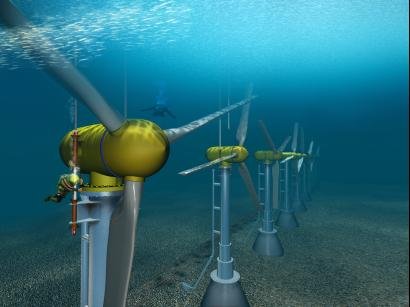
Yesterday, I wrote about how farming the ocean will solve the problem of how to feed an ever-swelling global population. Today, I will fill you in on how the ocean can solve our energy problems too. Is there anything the ocean can't do? Be dry, and not be wet. But that's about it.
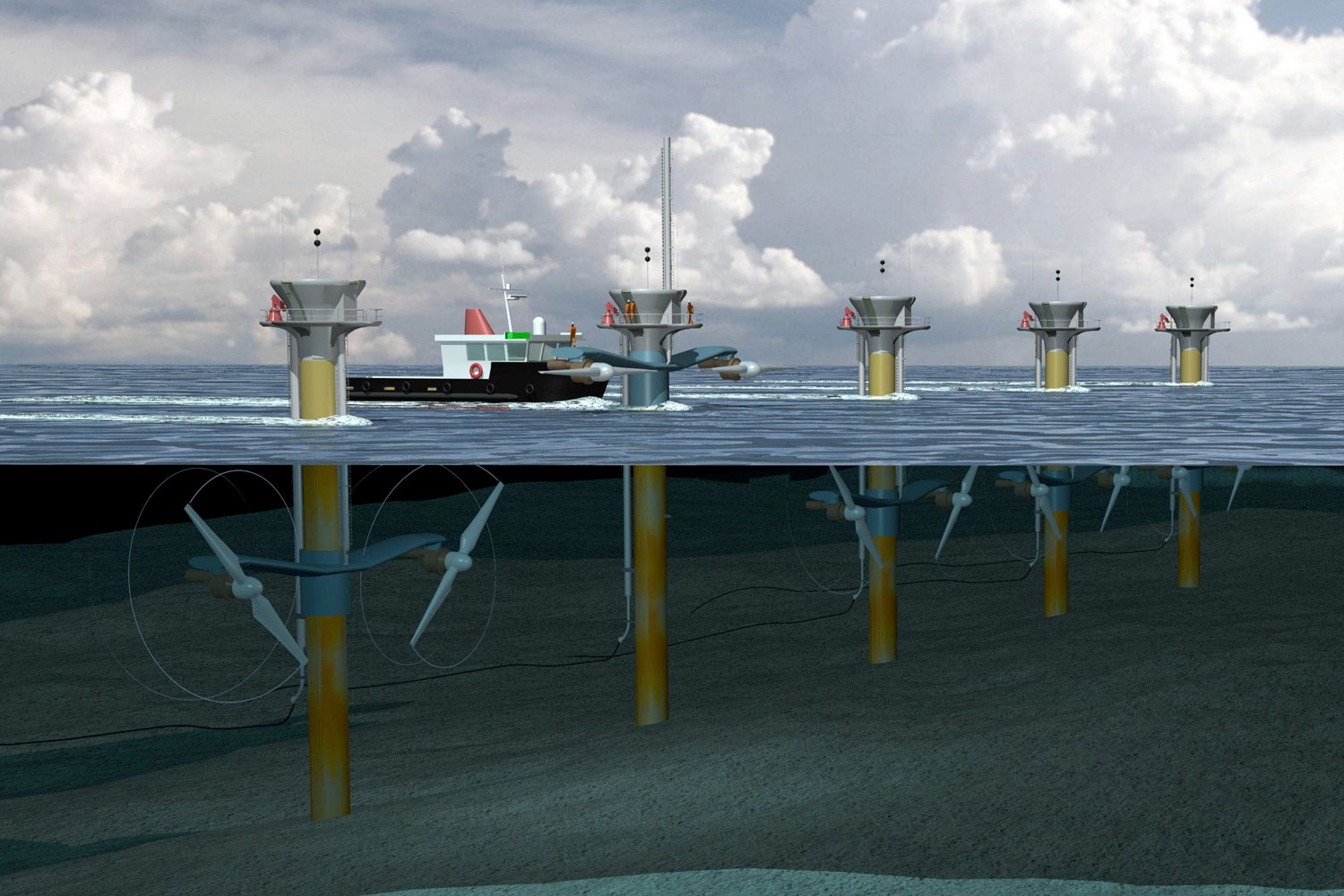
There's a couple different methods for extracting useful amounts of energy from the ocean that I'm gonna cover here. The first and most obvious is to adapt wind turbines for use underwater. Being that water is 700 times denser than air, you can get the same energy from a much weaker current, or vastly more energy from an equivalent flow rate.
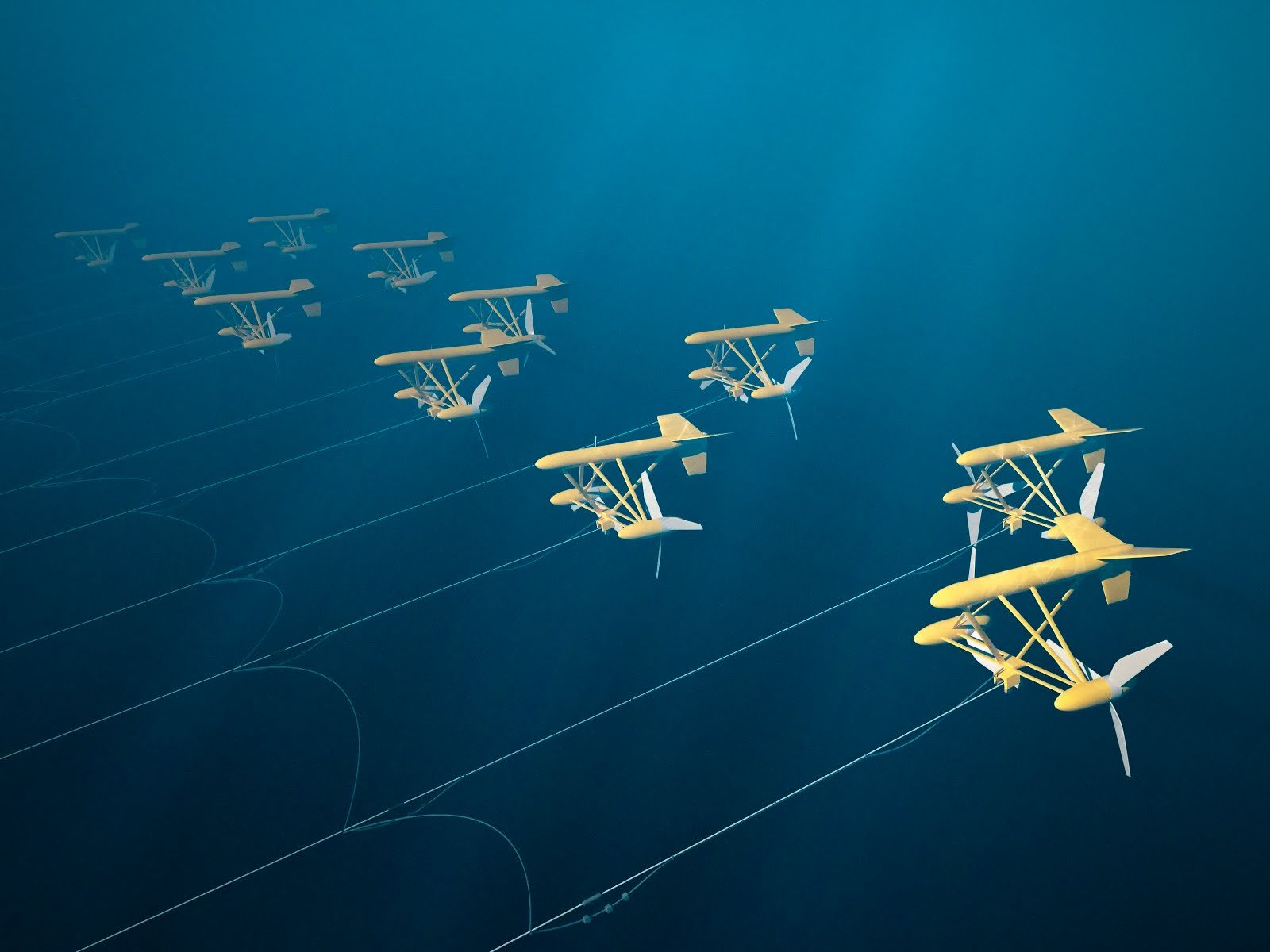
The energy output from the tide flowing in and out is not constant, but it is predictable, and the period of time between the tide coming in and going out is short enough that it's economically feasible to use large battery banks as a buffer to achieve constant output in spite of it.
The holy grail of oceanic turbine applications, however, is the gulf stream. A powerful continuous flow of seawater, conveniently right past the east coast of the US. Turbines placed in the gulf stream would operate non-stop, generating a constant output with no need for batteries. The flow is also sufficiently wide and strong that much larger turbines can be used.
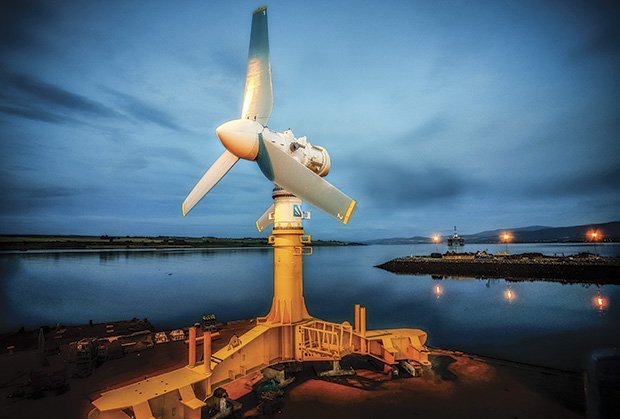
It's tough from that photo to get a sense of scale until you look more closely and realize, holy shit, it actually is that big. The output from a couple of these would be in the gigawatt range, comparable to a nuclear power plant but with none of the political barriers. Speaking of nuclear power...
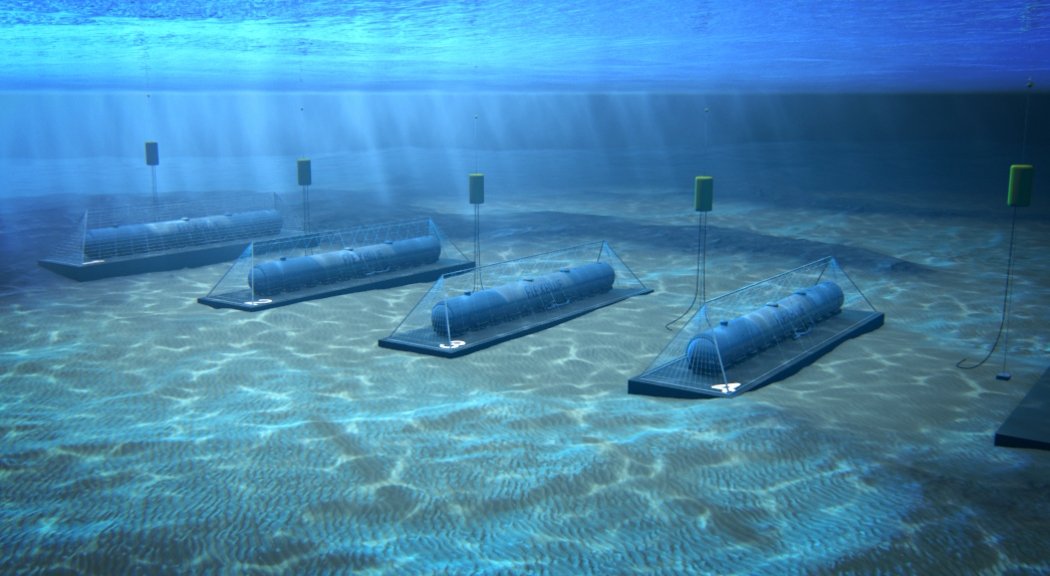
Flexblue is a French company which intends to establish undersea nuclear reactors. This is a much better idea than it appears at first glance. Immersing them in the ocean provides ubiquitous free coolant. Submerging them to a depth where the pressure inside the reactor chamber is identical to the water pressure outside eliminates the risk of explosion if there is a meltdown, containing it within the pressure hull.
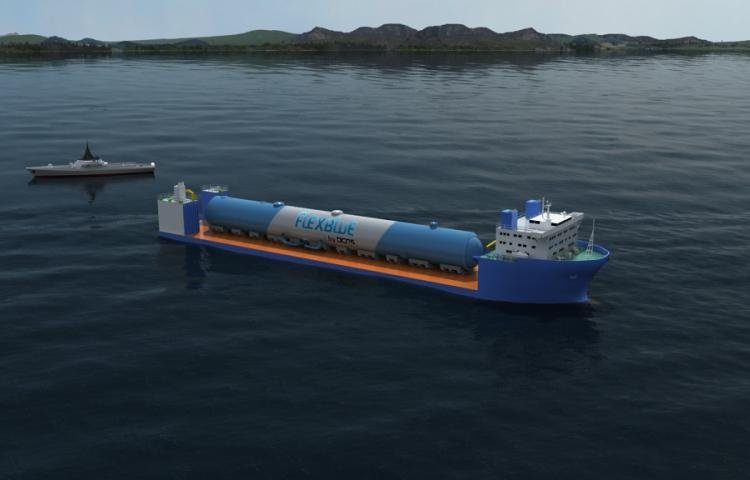
On top of that, seawater is opaque to ionizing radiation, and they would be emplaced far enough below the limits of scuba that I can scarcely imagine a more terrorist-proof reactor. Each one is essentially just the pressure hull and reactor from a nuclear submarine, but without the rest. Manufactured in the same coastal shipyards as nuclear subs, then transported to the desired site and sunk into place.
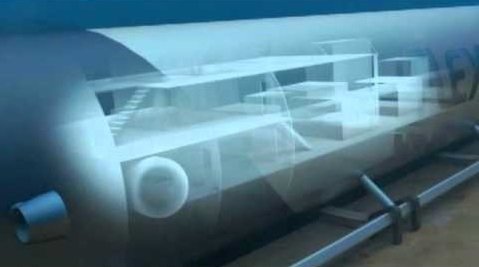
They are covered with protective nets to prevent depth charges from getting close enough to breach the hull, and the inside is accessible only via a proprietary docking collar that fits only one submersible, in possession of the Flexblue corporation. The interior is electrically lit, heated and has life support so that nuclear engineers can perform inspections and maintenance. It will be the largest stationary undersea habitat ever built.
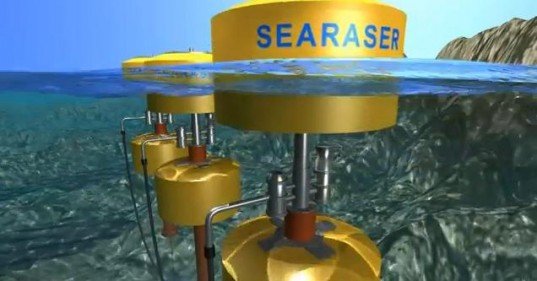
Moving on to something less exotic but no less promising, there's wave power. Where turbines generate energy from currents, wave generators extract energy from the upward and downward motion of waves. There are two major types of wave power generators in use today: Buoys, and "snakes".

The buoys work by driving the piston of a linear motor up and down, flipping its polarity each time the direction of movement reverses. The result is semi-continuous current for an individual buoy, and a continuous averaged current from all of the buoys at a particular site.
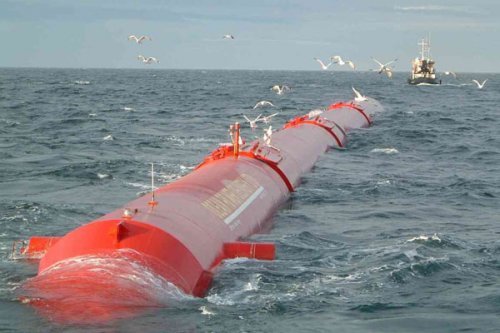
The "snake" type wave generator leverages the same basic forces, but in a different way. The undulation of the segmented body drives regular rotational generators where the joints flex, also reversing polarity when the direction of movement changes.
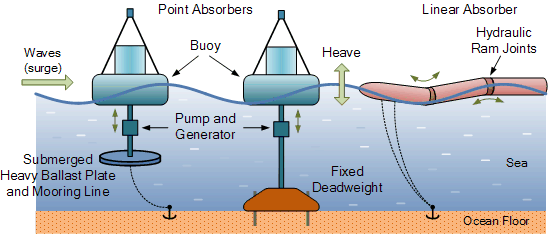
Both types have the same big problem: Moving parts. Made out of metal. Immersed in salt water. It doesn't take a rocket surgeon to figure out that maintenance will be a nightmare. With turbines there's just one moving part, and depending where you put them you can just scale it up. Wave generators, not so much. You just add more of them over a larger area, which only increases the maintenance nightmare.
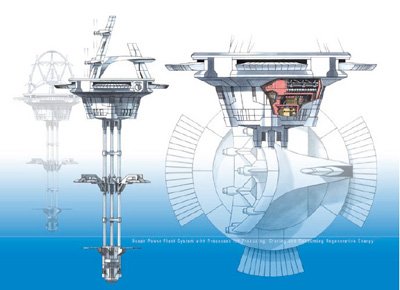
That brings me to OTEC, which stands for Oceanic Thermal Energy Conversion. It's really astoundingly clever and elegant. It turns the surface of the ocean around it into a solar collector! How does it do that? To understand, you'll need to know what a Stirling engine is and how it works.
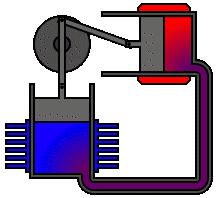
A Stirling engine converts the latent energy from differences in temperature into movement. Specifically, if one side of the engine is hot and the other is cold, the shaft will spin. Hook that up to a dynamo, and you've got electricity. It also works in reverse! If you use a motor to spin the shaft, one side will get hot and the other cold. This configuration is known as a "heat pump", a low power alternative to air conditioning used in some cars.
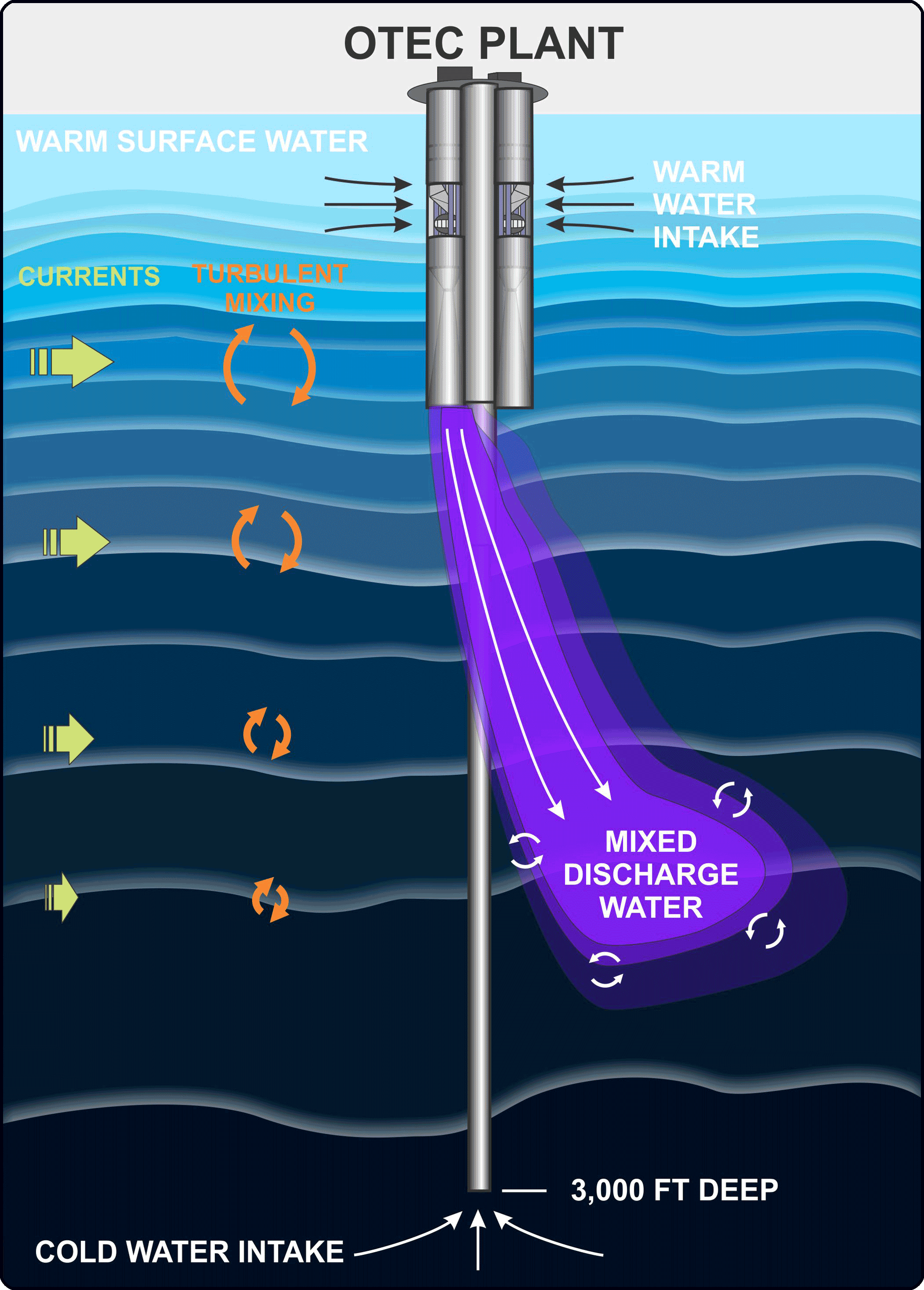
OTEC exploits this effect in the ocean, where the surface is much warmer than the lower layers. You don't have to go very deep before the sea becomes much colder! If you've ever gona scuba diving and passed through the thermocline, you know this all too well. Variations on this scheme exist, but they are all just some sort of heat exchanger.
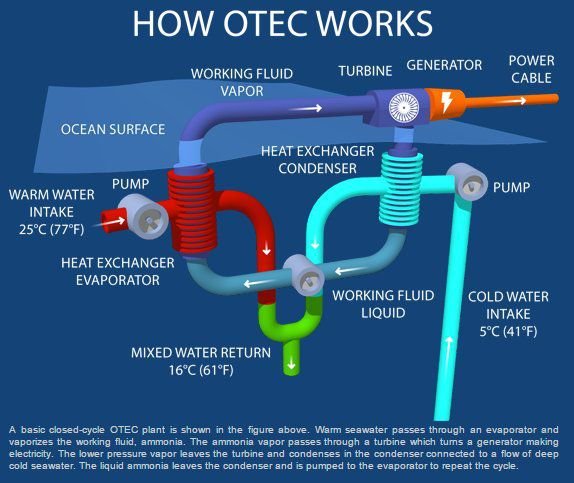
That's because the sun warms the ocean. But the ocean is basically a gigantic heat sink. The heat dissipates into the unimaginable mass of water, which is why the ocean plays the largest single part in regulating our planet's temperature.

If the OTEC plant is onshore, or close to shore, it has the added benefit of being able to send cold water through pipes in nearby homes to cool them during the Summer. As if that weren't enough, OTEC creates pockets of warmer than usual water at the bottom, which makes possible the deep water cultivation of valuable seafood like lobster and crab, simply requiring a netted pen built around the lowest point of the column.

Which of these promising technologies will dominate our clean energy future? It hardly matters, any will do. Each has its own set of merits and downsides, but they all crucially are capable of providing continuous power output, which makes them suitable for baseload generation. That's something solar and wind cannot do without substantial battery mass (enough for multiple days, instead of just the period between tides).
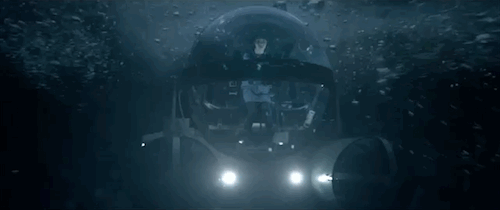
It's that uninterrupted output which makes them suitable replacements for coal fired power plants. Or oil, or natural gas. The largest gulf stream turbines being built today are even practical alternatives to nuclear, though I am pro-nuclear as it's still a step up over coal where atmospheric pollutants are concerned.
Most likely a mix of these technologies is the right answer, each utilized where local conditions call for it. Clean, uninterrupted energy from the sea. Enough, if we leverage the full potential of the gulf stream, to power this country many times over.
